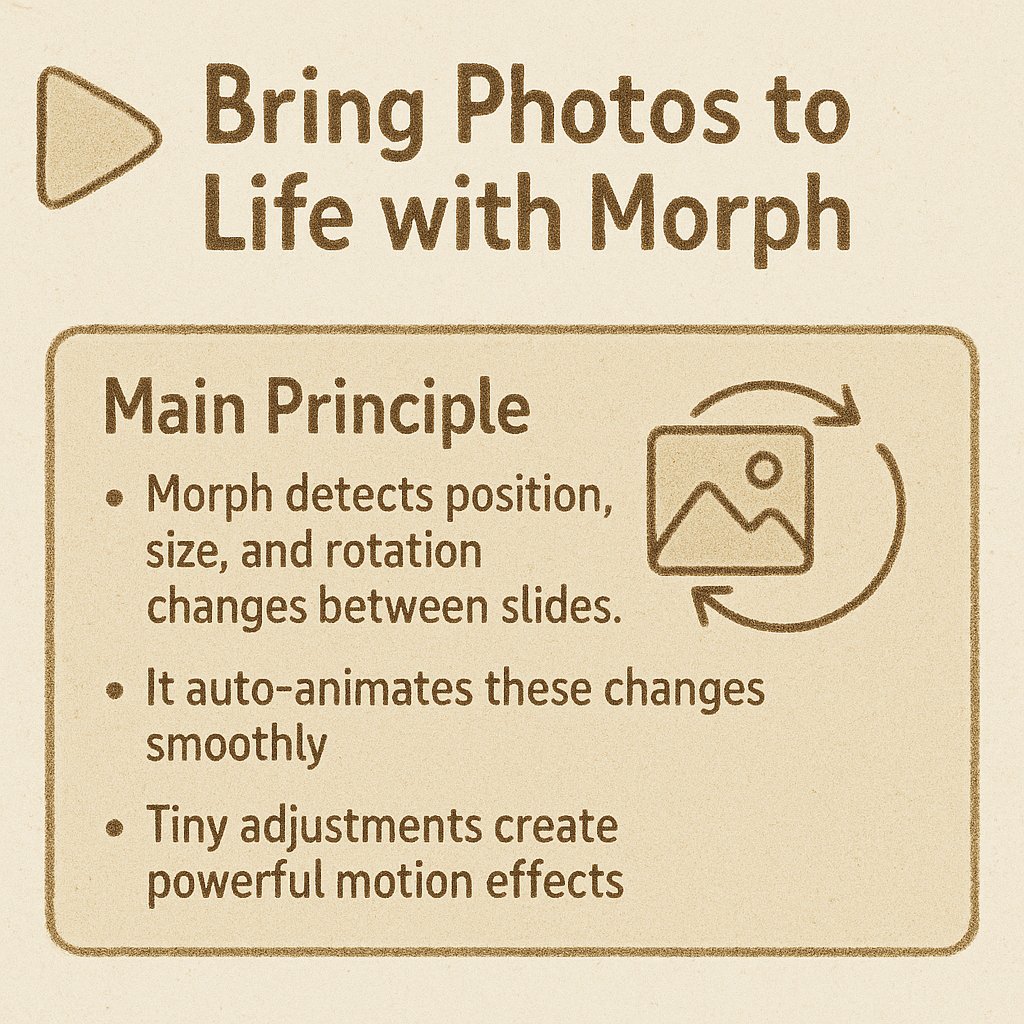Did you know that the average trader's biggest enemy is often their own enthusiasm? When it comes to risk control, mastering position sizing is crucial for long-term success in trading. This article dives into the essentials of risk management through effective position sizing, explaining its significance, methods for determining the right size, and how factors like account size and volatility influence your decisions. We’ll also explore the pitfalls of both over-sizing and under-sizing positions, the impact of stop-loss levels, and how leveraging tools can enhance your trading strategy. Join us at DayTradingBusiness as we unpack the best practices and common mistakes in position sizing to help you mitigate risks and maximize gains in your trading journey.
What is risk control through position sizing?
Risk control through position sizing limits potential losses by adjusting how much of a security you buy based on your account size and risk tolerance. It ensures you don’t risk too much on any single trade, protecting your capital during market swings. Proper position sizing balances the risk and reward, making sure losses stay manageable and improving long-term trading stability.
Why is position sizing important in risk management?
Position sizing controls how much capital you risk on each trade, limiting potential losses. It ensures you don’t overexpose your account to a single trade, preserving your overall capital. Proper sizing balances risk and reward, helping to avoid emotional decisions and large setbacks. It’s essential for consistent risk management and long-term trading success.
How do you determine the right position size?
Calculate your total trading capital and decide how much you’re willing to risk per trade, typically 1-2%. Then, determine the stop-loss distance in points or pips. Divide the risk amount by the stop-loss to find the position size. Adjust based on market conditions and your risk tolerance to stay within your risk limit.
What are common methods to calculate position size?
Common methods to calculate position size include the fixed dollar amount method, where you risk a set dollar amount per trade; the percentage risk method, risking a specific percentage of your account on each trade; and the volatility-based method, adjusting size based on market volatility using tools like ATR.
How does position sizing affect overall trading risk?
Position sizing determines how much capital you risk on each trade. Smaller sizes reduce potential losses and limit overall risk, while larger sizes increase exposure and potential for bigger losses. Proper sizing ensures you don’t overextend your account, maintaining consistent risk levels across trades. It’s the key to controlling drawdowns and preserving capital during losing streaks.
What role does account size play in position sizing?
Account size determines how much you can risk per trade, influencing your position size. Larger accounts allow bigger positions without exceeding risk limits, while smaller accounts require more conservative sizing to avoid overexposure. It helps maintain consistent risk levels across trades, protecting your capital during losses.
How can volatility influence position sizing decisions?
Volatility determines how much a security's price swings, affecting how much you should risk per trade. Higher volatility means larger price swings, so you should reduce your position size to avoid excessive risk. Lower volatility indicates stable prices, allowing for bigger positions without increasing risk. Adjusting position size based on volatility helps control potential losses and maintain consistent risk levels.
What are the risks of over-sizing a position?

Over-sizing a position increases the risk of large losses if the market moves against you. It can lead to significant drawdowns, threaten your entire account, and reduce your ability to diversify effectively. Larger positions also reduce your flexibility to adjust or exit trades quickly. In volatile markets, over-sizing amplifies the impact of unpredictable price swings, risking your trading capital.
How can under-sizing a position limit potential gains?

Under-sizing a position reduces potential gains because it limits exposure to profitable moves. When a position is too small, even large market swings won’t generate significant profits, missing out on upside potential. It also makes it harder to capitalize on strong trends, diminishing overall returns.
What tools or formulas help in position sizing?
Tools like the fixed fractional method, Kelly criterion, and the percentage risk model help determine position size. Formulas include: Position Size = (Account Equity × Risk Percentage) / Stop Loss Distance. These methods ensure you don’t risk too much on any trade, controlling your losses effectively.
How do stop-loss levels impact position sizing?
Stop-loss levels determine how much you’re willing to lose on a trade, which directly influences your position size. A tighter stop-loss means smaller positions to limit risk, while a wider stop allows for larger positions but increases potential loss. Setting appropriate stop-loss levels helps balance risk and reward, ensuring your position size aligns with your overall risk tolerance.
What is the relationship between leverage and position size?
Leverage amplifies your position size relative to your account balance. Higher leverage allows larger positions with less capital, increasing potential profits and losses. Managing leverage helps control your overall position size, reducing risk when trading.
How can position sizing help prevent large losses?
Position sizing limits the amount of capital risked on each trade, reducing the potential for large losses. By adjusting trade size based on account size and risk tolerance, it ensures no single trade can wipe out your account. Proper position sizing keeps losses manageable, helping you stay in the game even after a string of bad trades.
What are best practices for adjusting position size?

Use a fixed percentage of your trading capital, typically 1-2%, to determine position size. Calculate your position by dividing your risk amount (based on stop-loss distance) by the dollar amount at risk per trade. Always set a stop-loss to limit losses and adjust your position size if your stop-loss moves closer or farther. Avoid over-leveraging; keep positions aligned with your overall risk tolerance. Regularly review and tweak position sizes as your account grows or market conditions change.
How does position sizing vary across different trading strategies?
Position sizing adjusts based on the trading strategy’s risk level and goal. In day trading, traders often use smaller positions to limit quick losses, while swing traders might take larger positions, trusting longer-term trends. Trend-following strategies typically allocate bigger positions as confidence in the trend grows, whereas mean-reversion strategies use smaller sizes to manage the risk of sudden reversals. Position size also depends on volatility; more volatile assets require smaller positions to control risk, while stable assets allow for bigger trades. Overall, aggressive strategies favor larger positions for higher potential returns, but with increased risk, while conservative strategies prioritize smaller, safer trades.
Learn about How to Incorporate Position Sizing into Your Trading Plan
How can traders backtest position sizing methods?
Traders backtest position sizing methods by applying the rules to historical market data, simulating trades, and analyzing performance metrics like drawdown and profitability. They adjust the sizing rules—such as fixed dollar amount, percentage of account, or volatility-based methods—then evaluate how each approach would have performed over past swings. Using backtesting software or spreadsheets, traders can see which position sizing strategies better control risk and maximize returns under different market conditions.
What are common mistakes in risk control through position sizing?
Common mistakes in risk control through position sizing include risking too much per trade, ignoring account size, not adjusting for volatility, using fixed sizes regardless of market conditions, and neglecting stop-loss levels. Traders often underestimate the importance of dynamic sizing, leading to larger losses than planned. Overleveraging and not diversifying positions also increase risk, undermining effective risk control.
Conclusion about Risk Control Through Position Sizing
Incorporating effective position sizing is crucial for managing risk in trading. By understanding and applying the principles outlined, traders can make informed decisions that align with their overall strategy and risk tolerance. Remember, the right position size not only helps mitigate potential losses but also allows for greater flexibility in achieving gains. For comprehensive insights and support in mastering position sizing and risk management, DayTradingBusiness is here to guide your trading journey.
Sources:
- Trade Sizing Techniques for Drawdown and Tail Risk Control by ...
- Hedging size risk: Theory and application to the US gas market ...
- Interagency Supervisory Guidance on Counterparty Credit Risk ...
- FinVision: A Multi-Agent Framework for Stock Market Prediction
- Risk management mastery : Thekey to successful trading